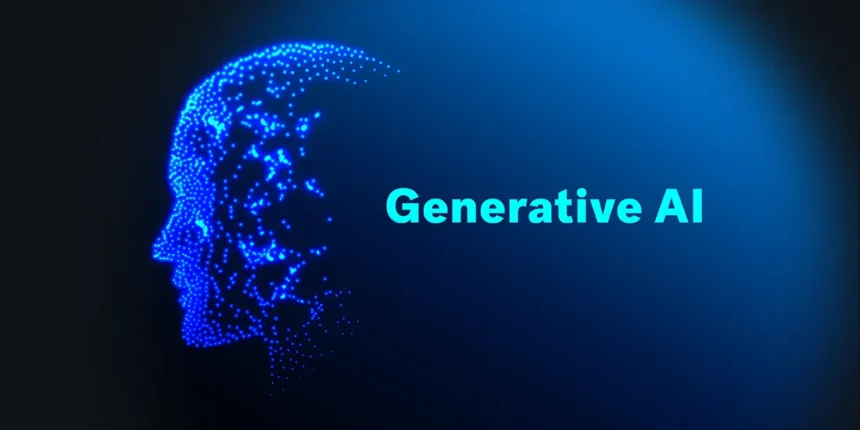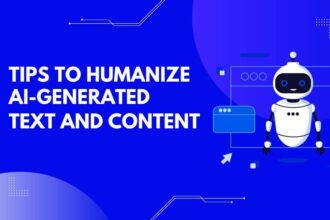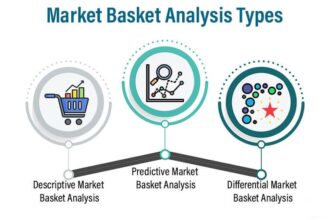Harnessing Generative AI: Transforming Business Operations in 2025
In recent years, artificial intelligence (AI) has moved from being a concept in research labs to a practical tool used by many businesses. Among the different types of AI, generative AI stands out for its ability to create content, brainstorm ideas, and even solve complex problems. By 2025, more companies are using generative AI to change how they operate. This technology is no longer optional; it is becoming a necessary part of business success.
What Is Generative AI?
Generative AI refers to a kind of artificial intelligence that can produce new data. This could be text, images, videos, or even music. Unlike traditional AI that simply analyzes data, generative AI creates new content that resembles real-world data. For example, it can write articles, design products, or develop marketing messages automatically.
The most common examples of generative AI include tools like ChatGPT, DALL-E, and other advanced language models. These tools can chat with users, generate images from text descriptions, and help create customized content on a large scale.
Why Businesses Are Turning to Generative AI
Business leaders see many benefits in using generative AI. First, it saves time and reduces costs. Tasks that once took hours or days can now be completed in minutes. For example, customer service chatbots powered by generative AI can handle many customer questions without human help. This allows human staff to focus on more complex tasks.
Second, generative AI improves creativity. Marketers, designers, and product developers can use these tools to generate ideas quickly. It helps teams overcome creative blocks and come up with new, innovative solutions.
Third, generative AI enhances personalization. Companies can create tailored marketing messages or product recommendations for each customer. This makes customers feel valued and increases sales and loyalty.
Finally, generative AI helps in decision-making. It can analyze large volumes of data, find patterns, and suggest the best options. This is especially useful in areas like supply chain management, financial planning, and market analysis.
How Generative AI Is Changing Business Operations
In 2025, the influence of generative AI is seen across many parts of a business. Here are some key areas where it is making a difference:
- Customer Service and Support
Many companies now use AI-powered chatbots to handle customer inquiries. These chatbots can answer questions, troubleshoot issues, and even guide customers through complex processes. Because they are powered by generative AI, chatbots can have more natural and helpful conversations. This results in faster responses and happier customers.
- Content Creation and Marketing
Creating content is a big task for marketing teams. Generative AI tools can produce blog posts, social media updates, email drafts, and ad copy quickly. This helps businesses keep their content fresh without needing a large team. Additionally, AI-generated images and videos are used to make marketing materials more appealing.
- Product Design and Development
Generative AI is used to design new products or improve existing ones. It can suggest new ideas or optimize designs based on certain criteria. For example, a company making gadgets can use AI to develop new features or reduce manufacturing costs by finding the best design options.
- Data Analysis and Forecasting
Many companies deal with large amounts of data. Generative AI aids in making sense of this data by identifying trends and patterns. It can also forecast future sales, demand, or market shifts. This helps businesses plan better, reduce risks, and seize new opportunities.
- Automation of Routine Tasks
Routine tasks like data entry, report writing, or inventory management can be automated using generative AI. This reduces errors and speeds up processes. Automation allows employees to focus on strategic, high-value activities.
- Personalization and Customer Experience
Generative AI enables businesses to customize experiences for individual customers. Whether it’s personal shopping recommendations or tailored emails, AI helps make interactions more relevant. This enhances customer satisfaction and loyalty.
Dont miss: Unleash Potential: How Generative AI Transforms Consumer Marketing in 2025!
Challenges and Considerations
While the benefits are clear, adopting generative AI is not without challenges. First, there are concerns about data privacy and security. Companies need to ensure that customer data used to train AI models is protected.
Second, there are ethical questions about AI-generated content. Businesses must be transparent about using AI and ensure that content is accurate and does not spread misinformation.
Third, implementing AI systems requires investment in technology and skills. Not all companies are prepared to integrate these tools effectively. Training staff and updating infrastructure are necessary steps.
Finally, organizations should remember that AI is a tool to support human workers, not replace them. The most successful companies will find ways to combine AI capabilities with human expertise.
The Future of Business with Generative AI
As of 2025, the trend is clear: generative AI will continue to reshape business operations. Companies that embrace this technology early can gain a competitive edge. They can operate more efficiently, create better products, and offer improved customer experiences.
However, it is important to approach AI with caution. Ethical use, data security, and ongoing training are essential to ensure that AI benefits everyone involved.
In conclusion, harnessing the power of generative AI is key to transforming business operations in 2025. It offers vast potential to innovate, optimize, and grow. The companies that adapt quickly and responsibly will lead the way into a more productive future.
Image source: Beautiful.ai






